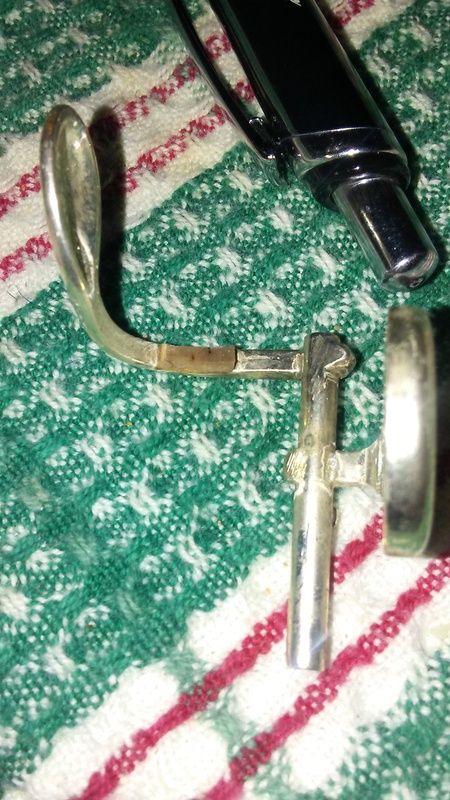I'm finding these corks on many different keys. Not trill corks, but these small, tiny... corks and I'm wondering if they have a name, cause I'd like to replace them.
Here's a picture to give you an Idea of what I'm talking about.

If anyone can give me a name for it or anywhere where I can find information about this thing, I would seriously appreciate it. I feel like I've looked everywhere.